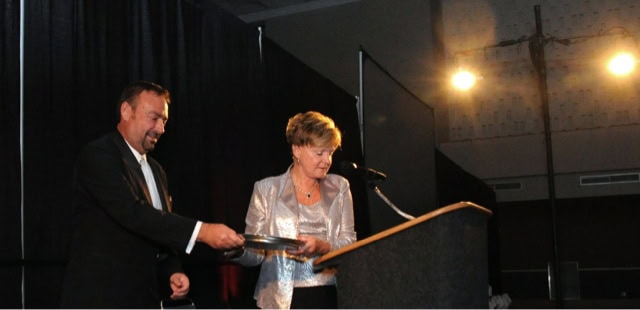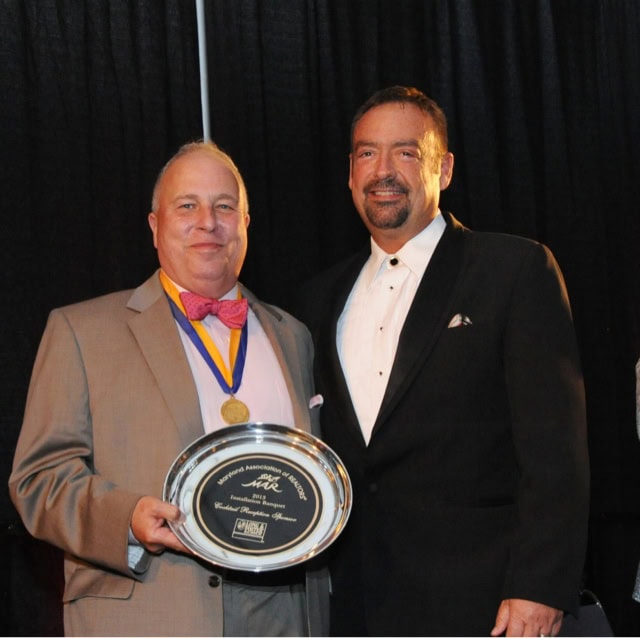15
Sep
The Ground Game
As some of you know, last week, my mom and I photographed for our oldest, newest client, Maryland Association of Realtors (MAR). Working for my first real client brought on a wave of nostalgia in me, thinking of how far we’ve come, and in no small measure is that success due to loyal clients who stick by you in thick and thin. But there is more to success than just great clients.
Or great equipment.
Or great marketing.
Or a great website (x15).
Or great technology.
Of course, those things are important, as everyone knows, and keep my mind reeling at my desk as everyone else parties on the front lawn on a beautiful Saturday. But success, real success, comes from something more basic.
Groundwork. Not glamorous. Not pretty. Just plain ol’ groundwork.
It’s the client that supports you in this groundwork, the team that rallies to lay the foundation for a shoot, that makes a job successful — and in return a business.
****
Mom and I were having a cup of coffee. The green screen was set up, a 16′ aluminum scrim custom built to my specs in Hollywood. It was a thing of beauty. The iPads were in place: running new software, I was testing it out for the first time. After being photographed, the participants would use the iPads (and the new application) to upload photos to Facebook, Twitter, Email, and now — drumroll — text message. That software flunked, by the way.
I could get one iPad to talk to the network, then two, but not all four. I quickly switched back to my old, reliable and tested system. It worked great — just no text messaging. Who cared? I’ll take reliable.
As we were chilling out and sipping burned coffee, Melissa came into the green screen room.
“Did you want to check out the lights on stage?” She asked, “I know they can be funky. If you eyeball them, we can tweak.”
Funky was putting it nicely. One disadvantage of working a smaller venue is the video crew may not be as experienced as — say — in Chicago. Result: they get creative with lights, and sometimes that creativity makes for a tough shooting situation.
I thought it great Melissa had the foresight to have us check ’em out.
We entered the ballroom, and there — there was something I’ve never seen.
The spotlights weren’t in front of the stage, nope, there were two sets, and one set was raised stage left, and the other, stage right. The light came in at a 90 degree angle on both sides of the presenters. There was no front light. None. Worse, these lights were spotlight Fresnel’s, un gelled, and probably 2,000 watts each. They were just off the stage, and turned up full blast.
Now, think about that. Think in terms of a flashlight, because that’s what a spotlight is, a huge flashlight. If you take a flashlight, in a dark room (like a ballroom) and shine it on the side of someones face, you get monster face. I used to do this as a kid. “I’m the ghost with the bloody fingers….”
Of course, the last thing you wanted award recipients and presenters to have, as an event photographer, is monster face.
Melissa was smart in diplomatically pointing this out to us. Because now, an hour before the event’s start, we could fix it. Not so much during the event. Then what?
We partnered with the video technician, ran a few test shots. We asked him (and this always requires the utmost diplomacy, video guys HATE photographers) to lower each light by half, and the one stage right, even closer to the podium, by 3/4. Finally, we had everything right. By the way, my mom invented a different way to shoot with flash, which I call a double-bounce system. Basically, she uses two flashes, one on a bracket, both set to manual, and pointed almost straight up. The light bounces off a ceiling, even a high ceiling like in a ballroom, and fills in the light on the subject. Flash should ALWAYS be fill, and not the primary light source, in my mind, so this adds a lot of fill when you need it most.
The result?
This is my favorite example, although the photo is actually a test photo — a pic my mom took during the event to lay the ground work for the actual posed shot — making sure everything was right and adjusting before the participants posed. That way, she could do the “money shot” in one or two clicks, instead of 3 or 4.
LOOK AT THE LIGHT. Those of you who aren’t photographers may not get this. See those spotlights to the side? THAT, AND THE MATCHING SET ON THE OTHER SIDE OF THE STAGE IS THE ONLY LIGHTING IN THE ROOM WORTH NOTING. Without having them turned down by half, this photo would not exist. Those people would look like Casper the Friendly Ghost. The reason the light is even on their faces, and filled in in the room? You guessed it, my mom’s double bounced flash.
Having that equipment and skill is great, but it wouldn’t have meant a hill of beans if Melissa and my mom hadn’t thought to go into the ball room and lay the ground work before the event’s start. That was what created the success in this shoot, not my mom’s equipment.
People ask all the time what cameras, lenses, flashes we shoot with. Some photographers roll their eyes when I tell them, insisting they ONLY use this 2.8 FX lens, or that $5,000 camera body. That’s all fine and good, but their photos often still suck. Why? Because:
They don’t lay the groundwork.
And this is an awards shot, right off her camera. With the exception of taking out the pipe and drape pole showing (in Photoshop), you don’t get a better pic with NO ADJUSTMENT OR EDITING. See that light hitting the side of their heads, which is actually nice in this photo? Imagine that 5x stronger. That’s what it was when we entered the ballroom.


